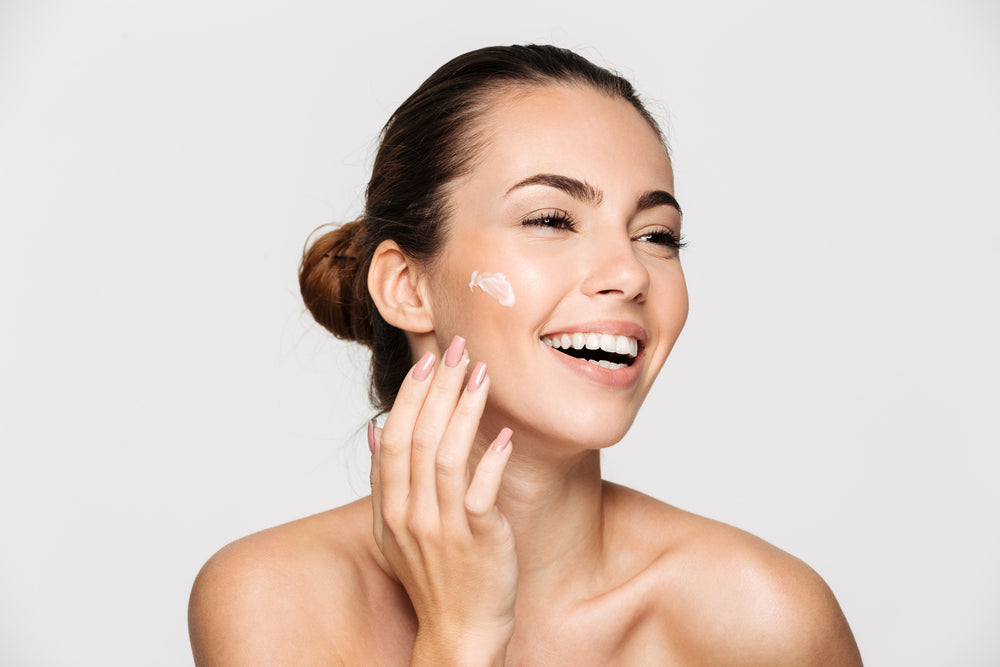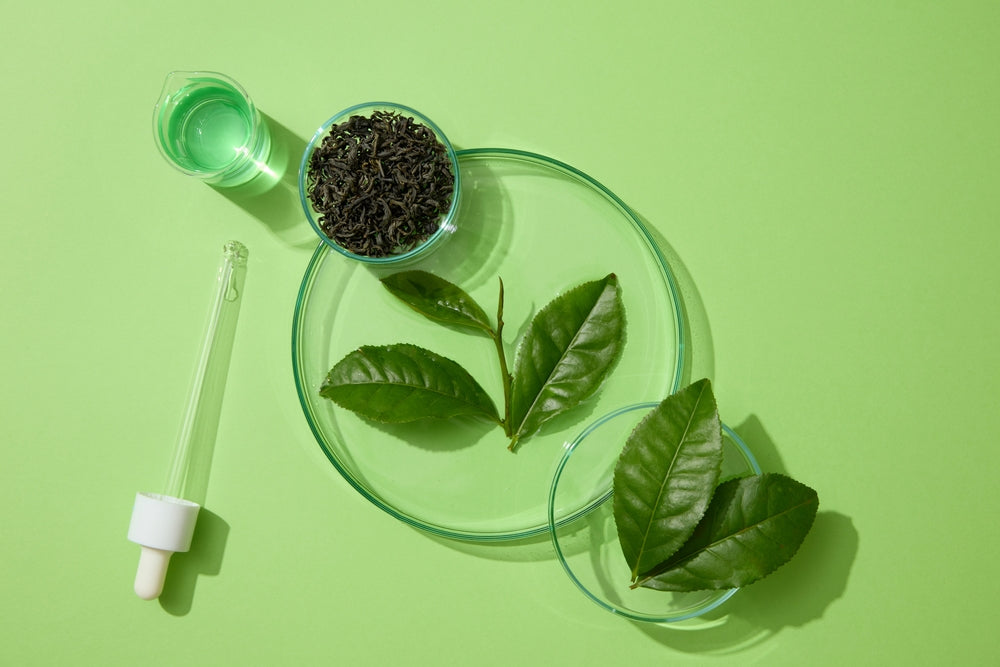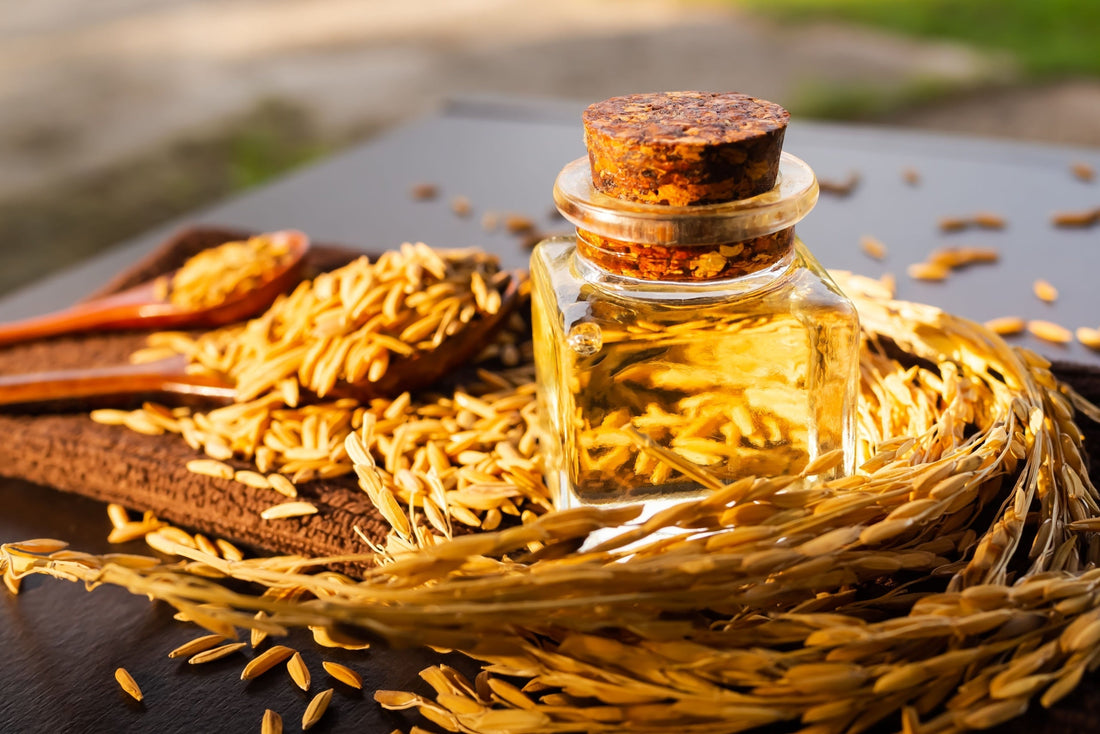We have all heard about the importance of moisturizing your skin. Some of us include moisturizing in our daily skincare rituals, while others incorporate moisturizing as needed. Overall, moisturizing can provide many benefits and leave the skin appearing hydrated and nourished. Moisturizing daily provides skin hydration that can help keep the skin from becoming too oily, dry, or acne-prone.
The Different Types of Moisturizers:
The term moisturizer refers to various skincare creams, gels, lotions, emulsions, and ointments. Moisturizers are typically separated into three groups depending on whether they contain humectants, occlusives, and emollients in their ingredients. Although humectants, occlusives, and emollients are all considered moisturizers, they include various hydrating components for the skin.
What is a Humectant?
Humectants draw moisture from the air into your skin to counteract the drying effects of products and dehydration. Any skin type can be dehydrated. Dehydrated skin is caused by not drinking enough water, transepidermal water loss (aka TEWL) where water evaporates from the skin’s surface, or using irritating or drying products on the skin.
Humectant Ingredient Examples
Humectant ingredients in skin care products include but are not limited to glycerin, hyaluronic acid, salicylic acid, urea, AHAs, propylene glycol, honey, and sorbitol. There are three different types of humectants: synthetic, natural, and naturally derived.
Types of Humectants
Synthetic Humectants
Synthetic Humectants are lab-made chemicals, including sorbitol or sodium lactate. These products are cheaper and more accessible for both the producer and consumer. These can include propylene glycol, hexylene glycol, and butylene glycol.
Natural Humectants
Natural Humectants come straight from nature, such as honey or aloe vera. These humectants are kinder to your skin. Their gentle hydrating abilities have been known to improve the skin's self-hydration by promoting long-term self-hydration.
Naturally Derived Humectants
Naturally Derived Humectants are manipulated compounds from natural ingredients. Our skin produces these, and they are great for providing sustained natural moisture factors in the skin. Natural moisture factors can be found in products and are also naturally created within the skin. These include lactic acid, urea, and sodium PCA.
Visible Benefits of Humectants in Skin Care
Humectants offer many benefits and have been known to help exfoliate the skin while reducing the appearance of dry, cracked and thickened skin. Humectants also offer the benefit of preserving the overall properties of a product so that it lasts longer.
Our Top Recommended Humectant Products:
Two of our top-rated humectants include the Microbiome Restorative All-in-One Serum and the Cinnamon Vanilla Brown Sugar Polish. The Microbiome Restorative All-in-One Serum supports the skin's microbiome while addressing tone, sensitivity, and problematic skin concerns. The Cinnamon Vanilla Brown Sugar Polish provides a natural blend of brown sugar and honey that helps visibly smooth skin texture and increase the feeling of softness.
How to Apply Humectants in a Skin Care Routine
It is best to apply humectants over wet skin to maximize hydration. Humectants should be used simultaneously with occlusives that aid in moisture retention. This combination of humectants and occlusives helps attract water to the surface of the skin.
What is an Emollient?
Emollients are moisturizing agents, mainly lipids, that help comfort the skin by reducing itchiness and improving the feeling of softness. Well-known emollients include fatty acids, fatty alcohols, shea butter, ceramides, and oils.
Emollient Ingredient Examples
Emollient ingredients include plant oils, coconut oil, palm oil, mineral oils, shea butter, cocoa butter, petrolatum, fatty acids, and beeswax.
Types of Skin Emollients
Emollients can be natural or synthetic. Natural emollients include colloidal oatmeal and shea butter. Colloidal oatmeal is a finely ground-up oat grain. This is considered an emollient because it smooths and softens the skin. It has fats, proteins, vitamins, minerals, and other nutrients that boost skin radiance. Shea butter is a natural vegetable fat that comes from processed nuts on a shea tree. It is another commonly known emollient that effectively moisturizes the skin.
Benefits of Emollient Moisturizer for Skin
Emollients form a thin film over the outer layer of skin and is perfect for individuals concerned with itching, dryness, and scaling skin. Emollients have been known to visibly benefit anyone struggling with certain skin conditions like eczema, psoriasis, and dry or sensitive skin.
Our Top Recommended Emollient Products:
Our top recommended emollient products include the Apricot Facial Scrub and After Bath Moisturizer products. Our Apricot Facial Scrub helps dry and mature skin appear moisturized and refined while exfoliating the skin with apricot seeds and walnut shells. Our After Bath products instantly quench dry skin all over your body.
How to Apply Emollient Moisturizer
Emollient moisturizers should be applied to the skin in a smooth motion, running in the same direction as hair growth on the skin. It is best to apply an emollient to tight or dry skin after cleaning while skin is still damp. You can apply an emollient several times a day as needed.
What is an Occlusive Moisturizer?
Occlusive moisturizers sit on the skin's surface, sealing moisture onto the skin. Occlusives tend to repel water, so once you moisturize your skin, it is beneficial to lock the moisture in with an occlusive. Occlusives are ideal for those looking to lock moisture onto their extremely dry flaky skin.
Occlusive Ingredient Examples
Occlusive ingredients include petroleum, silicones, waxes, oils, and butters. These occlusives can provide a thick or thin protective barrier on the body. Shea butter, mango butter, and cocoa butter are a few of the occlusives that can be applied to the body.
Benefits of Occlusive Moisturizer
The key benefit of an occlusive is its ability to lock in moisture and help the skin appear hydrated. Occlusives help to shield the skin from external irritants, including friction, wind, and pollutants.
Our Recommended Occlusive Products:
Our top recommended occlusive product is the Soothe Dermal Repair Balm. The Soothe Dermal Repair Balm moisturizes sensitive, dry, and combination skin.
How to Apply Occlusive Skincare
Occlusives should be applied on damp skin. A trending application of occlusives is called “slugging.” This technique locks moisture into the skin overnight, enriching your skin’s barrier. People can use an occlusive alone or combined with other skincare products.
The Difference Between Emollients, Humectants, And Occlusives
Emollients help moisturize skin and create a comfortable texture for how a product feels on the skin as well. Humectants draw in moisture from the air onto the skin, and occlusives help lock in moisture onto the skin. When finding the right skincare products, it is essential to find a healthy combination of emollients, humectants, and occlusives to hydrate your skin. These ingredients work together to provide optimal hydration and moisturize the skin.
Create a Skincare Routine
At Epicuren Discovery, we are committed to clean beauty and self-care. Our ever-evolving approach to skin care revolves around curating the best products for your skin, whether those include emollients, humectants, or occlusives. Take our skin quiz today to create an Epicuren personalized skincare routine.





